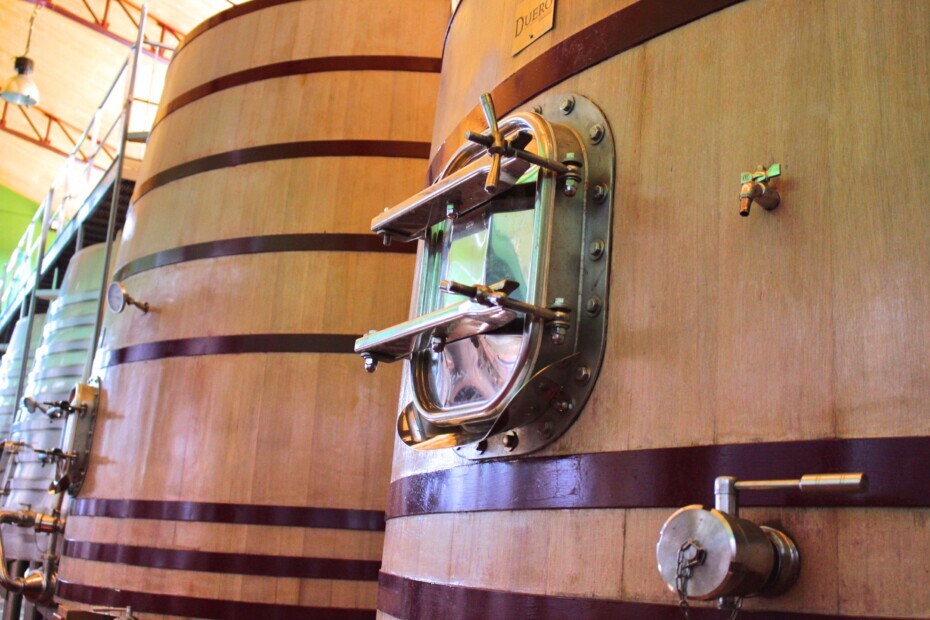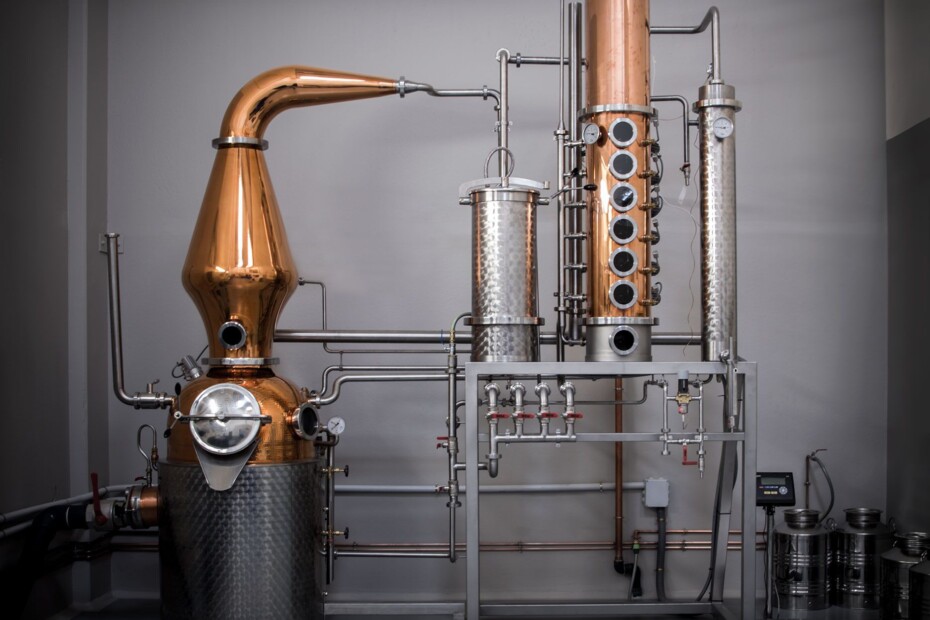There are products that arise from a fermentation process, which in turn gives the qualities and characteristics to certain products that we consume today and that have been part of our history since its beginnings. Fermentation is a process that results in an organic compound, so there are also different types and forms that result in the final product. Join us to discover all about the Fermentation Process and what it gives rise to.
En esta nota, encontraras lo siguiente
what is Fermentation?
Fermentation is a process of incomplete oxidation that does not require oxygen to take place and results in an organic substance. Fermentation is also a process of transformation of complex molecules to simple molecules and generation of chemical energy in the form of Adenosine Trisphosphate, or better known as a catabolic type process.
This process was discovered by Louis Pasteur, who described fermentation as life without air, since it can be carried out without oxygen by microorganisms such as yeasts, metazoan bacteria and protists.
Types of Fermentation
We can say that there is a natural fermentation when the environmental conditions allow an interaction between the microorganisms and the artificial or non-artificial organic substrates that promote the process. At present, we can mention the following types of fermentation
- Acetic fermentation: It is a bacterial fermentation produced by Acetobacter, a type of aerobic bacteria that transforms ethyl alcohol into acetic acid.
- Alcoholic fermentation: It is an anaerobic fermentation that occurs by the interaction of microorganisms that produce carbohydrate, which in turn generates ethanol.
- Lactic fermentation: It is a process that occurs thanks to the partial oxidation of glucose carried out by lactic bacteria or animal muscle cells.
- Butyric fermentation: It is a process that originates the conversion of glucose into butyric acid and gas, which is carried out by bacteria of the Clostridium genus and requires the presence of lactose.
- Butanediolic fermentation: This is known as a variant of lactic fermentation carried out using enterobacteria that release carbon dioxide, thus generating butanediol, a type of colorless and viscous alcohol.
- Propionic fermentation: this type of fermentation is caused by the intervention of acetic acid, carbon dioxide and succinic acid.
what is the fermentation process like?
The fermentation process is anaerobic, that is, it occurs in the absence of oxygen, which means that the final recipient of the electrons from the NADH produced in glycolysis is not oxygen, but an organic compound that will be reduced in order to reoxidize the NADH to NAD+. 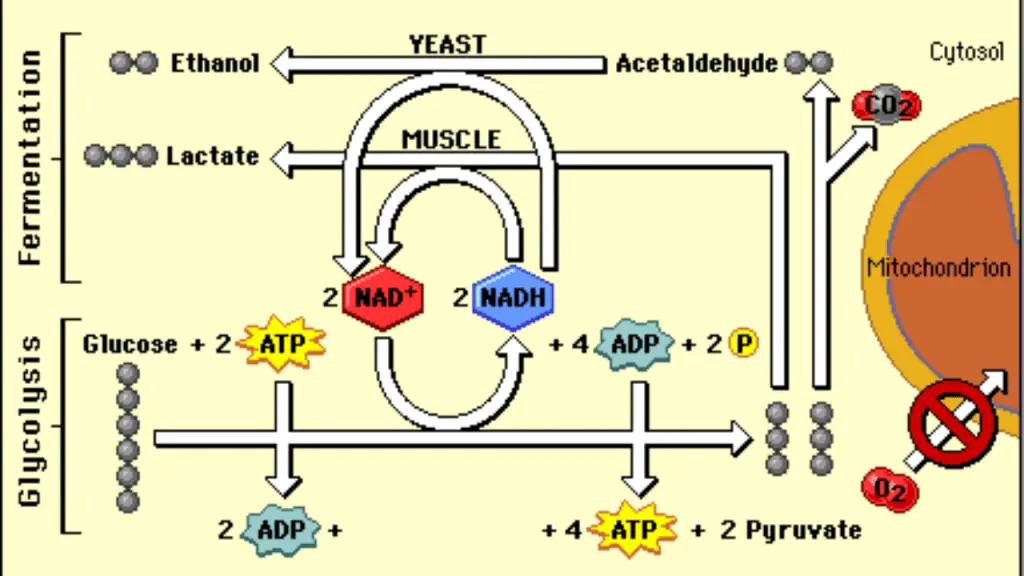 The organic compound that is reduced, be it acetaldehyde, pyruvate, etc., is nothing more than a derivative of the substrate that has been previously oxidized. Fermentations can be natural, which originates when environmental conditions allow the interaction of microorganisms and susceptible organic substrates, or artificial when man provides conditions and the referred contact occurs. Some organisms such as bacteria and human muscle cells can produce energy through fermentation.
The organic compound that is reduced, be it acetaldehyde, pyruvate, etc., is nothing more than a derivative of the substrate that has been previously oxidized. Fermentations can be natural, which originates when environmental conditions allow the interaction of microorganisms and susceptible organic substrates, or artificial when man provides conditions and the referred contact occurs. Some organisms such as bacteria and human muscle cells can produce energy through fermentation.
what is Wine Fermentation?
Wine fermentation is a process by which the sugars contained in the grape must are transformed into alcohol along with other organic compounds. 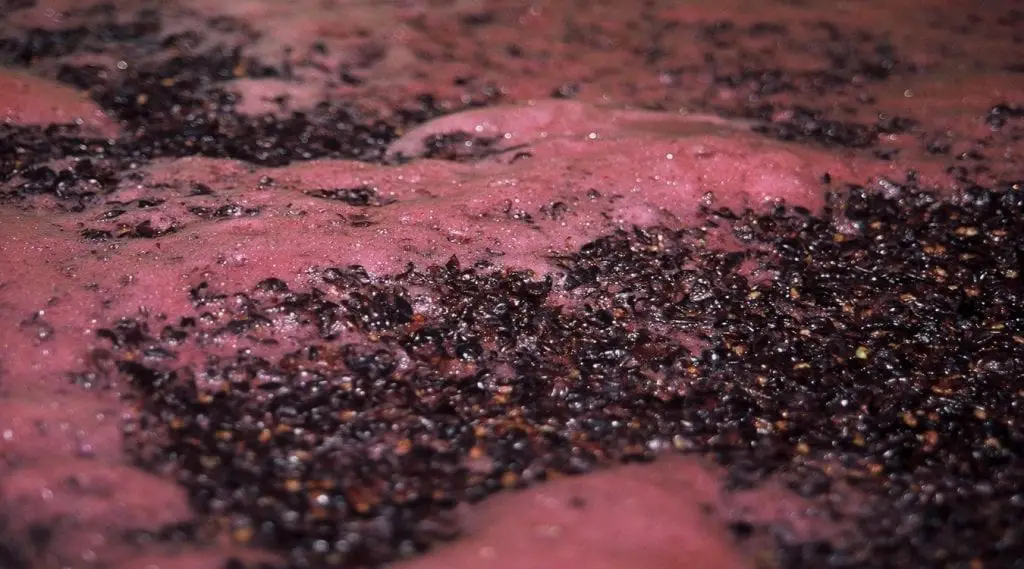 The winemaking process involves the alcoholic fermentation of the grapes in vessels, preferably stainless steel, called tumultuous fermentation due to the high boiling that takes place for about two weeks. In winemaking, the temperature and speed of fermentation are as important factors as the oxygen levels present in the must at the beginning of fermentation, since they define to a great extent the wine that will be obtained as a final result.
The winemaking process involves the alcoholic fermentation of the grapes in vessels, preferably stainless steel, called tumultuous fermentation due to the high boiling that takes place for about two weeks. In winemaking, the temperature and speed of fermentation are as important factors as the oxygen levels present in the must at the beginning of fermentation, since they define to a great extent the wine that will be obtained as a final result.
Wine Fermentation Process
The fermentation process is the same for red, white or rosé wines, however there are aspects that will vary according to the must used, but there are certain points that must be taken into account and that can change everything, these are temperature, density and isolation.
The fermentation process could be said to begin with the extraction of the must from the grapes, which will be stored in stainless steel vats to which the yeasts will be added. Some of the most commonly used yeasts in winemaking are: Saccharomyces cerevisiae, S. bayanus, S. oviformis, kloeckera apiculata and the metschnikowia pulcherrima. 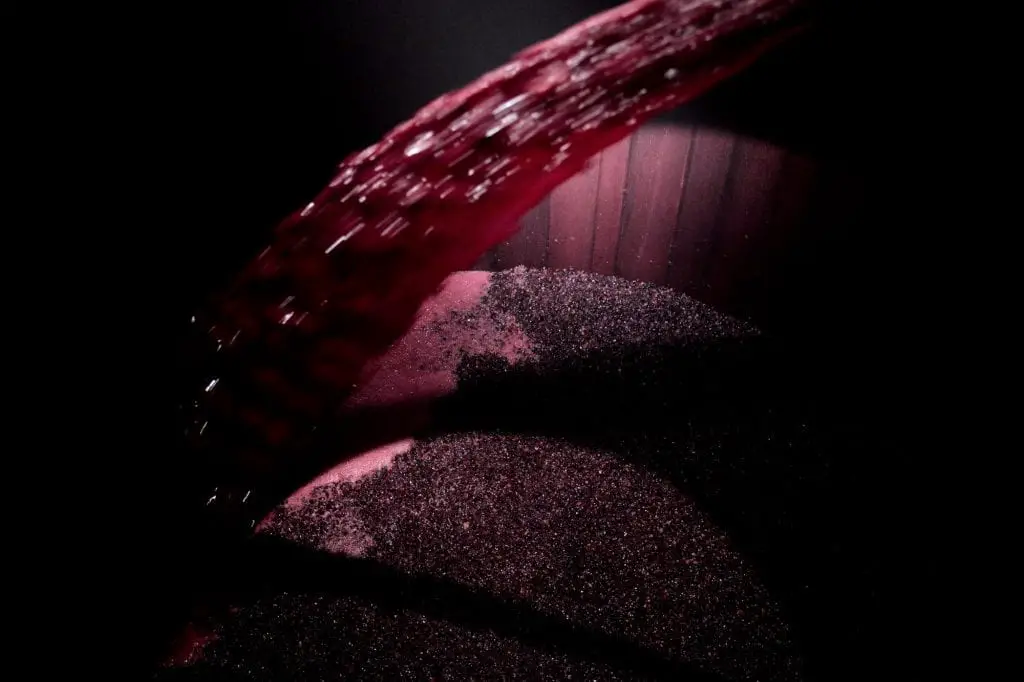 This will cause the sugars to be consumed and the wine to become an alcoholic beverage by releasing ethanol and carbon dioxide The work of the yeasts is very brief, generally taking a maximum of 3 days, although this may vary depending on the nature of the yeasts.
This will cause the sugars to be consumed and the wine to become an alcoholic beverage by releasing ethanol and carbon dioxide The work of the yeasts is very brief, generally taking a maximum of 3 days, although this may vary depending on the nature of the yeasts.
In order to be successful in the fermentation process and as we mentioned before, it is necessary to take into account certain aspects, one of them is the temperature because if we are not careful we can kill the yeast prematurely altering its due process.
On the other hand, it is also important to control the alcohol density, this is the one that defines to a certain extent our final product. During the fermentation process it is essential that the stainless steel vats are hermetically sealed and that there is no contact with the air, as this will hinder the fermentation of the grape must.
Types of Wine Fermentation
Within the winemaking process there are phases that lead to the successful completion of our final product, these can be the malolactic fermentation and fermentation in the barrel.
Malolactic Fermentation
It is a kind of secondary fermentation and is produced after alcoholic fermentation. Through the action of bacteria, the malic acid found in the grapes is transformed into lactic acid. Malolactic fermentation causes certain effects in the wine such as a slight increase in volatile acidity, a slight decrease in total acidity, and loss of color.
This type of fermentation is important for red wines but is not recommended for white wines because they lose aroma and freshness. It takes place spontaneously during one week after alcoholic fermentation and continues for another week.
Barrel Fermentation
This type of fermentation is carried out when it is desired to obtain wines with greater structure and wood nuances that harmonize at the moment of tasting. The barrels are filled when the must has fermented in a first phase in tank to avoid spillage in the barrels, which is why once this phase has passed, fermentation in barrel is completed and the wine is then aged on fine lees.

